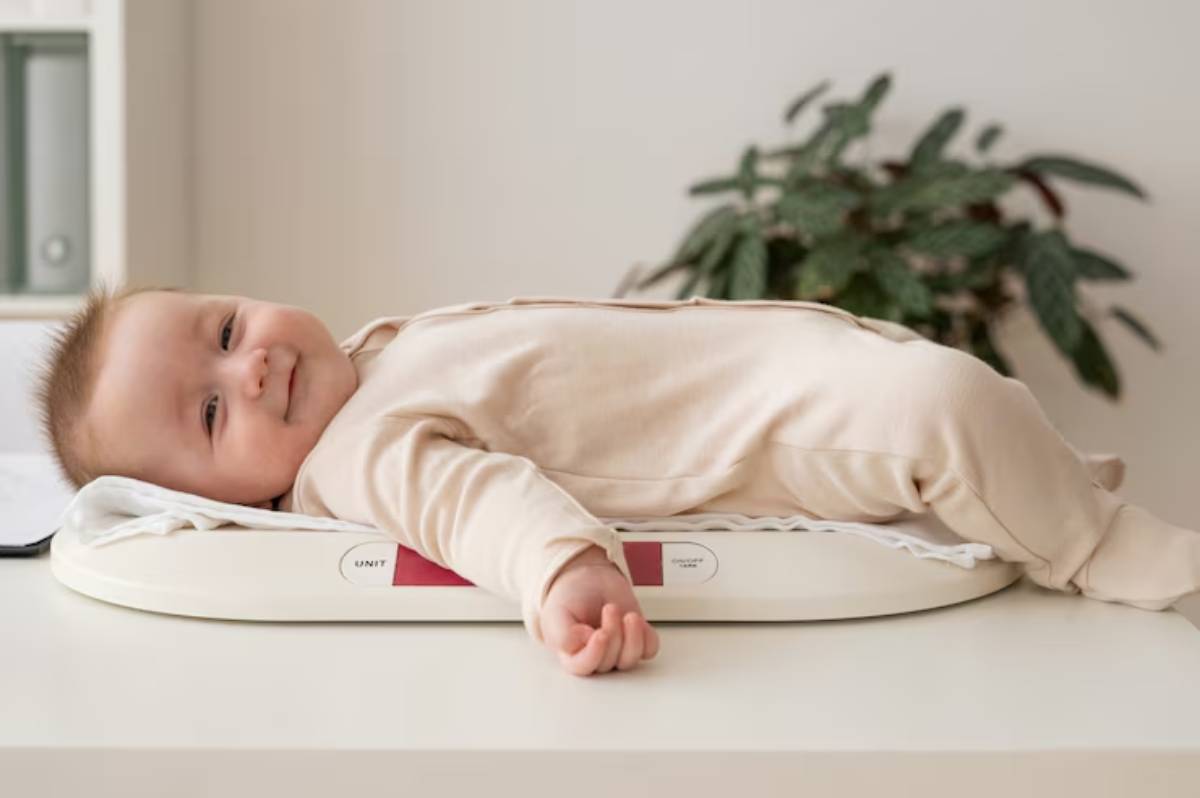
The Pacifier Debate: Sleep Aid or Sleep Disruptor?
It’s bedtime. Your baby is swaddled, the lights are dim, and just as they begin to settle, you gently pop in a pacifier. Calm returns. You breathe a sigh of relief. But as the dummy drops out ten minutes later and they cry again… you wonder — Is this actually helping?
The pacifier, also known as a dummy, has long been a staple in many households. For some babies, it’s a soothing miracle; for others, it becomes a sleep battle in its own right. So, where does the truth lie?
In this post, we’ll unpack the great pacifier and sleep debate. We’ll look at the benefits, the drawbacks, and how to use a dummy responsibly as part of your baby soothing tools. Whether you’re thinking of introducing one or trying to wean off, this guide offers balanced, evidence-based insights tailored to your real-life questions.
Why Do Babies Love Pacifiers?
A Built-In Soothing Mechanism
Babies are born with a strong sucking reflex — it’s how they feed and self-regulate in those early weeks. Non-nutritive sucking (sucking for comfort, not hunger) has been shown to:
- Lower heart rate and cortisol (stress hormone)
- Promote calm alertness
- Aid in digestion and settling
- Improve coordination of breathing and swallowing
According to the American Academy of Pediatrics (AAP), sucking can be one of the most effective self-soothing behaviours — and pacifiers offer a way to support that safely.
Mimicking the Breast or Bottle
For many babies, sucking helps create a smooth transition from alertness to drowsiness. A dummy can mimic this without requiring a feed every time your baby wants comfort.
This is particularly useful for:
- Sleepy feeds where baby nods off quickly
- Helping babies settle between sleep cycles
- Offering extra soothing during teething, illness, or regressions
Pacifiers as a Sleep Aid: The Pros
1. Smoother Settling for Naps and Bedtime
A dummy can signal to your baby that it’s time to wind down, much like a swaddle or lullaby. The action of sucking encourages sleep onset, especially for babies who struggle to self-soothe otherwise.
2. Reduced Night Wakings (in Some Cases)
For some babies, having access to a pacifier allows them to link sleep cycles with minimal help. If they can reinsert it independently (usually after 6–7 months), it can reduce the need for parental intervention overnight.
3. Reduced Risk of SIDS
Several studies — including those summarised by the Lullaby Trust — have found that dummy use during sleep is associated with a lower risk of Sudden Infant Death Syndrome (SIDS). While the exact reasons are not fully understood, possible explanations include:
- Keeping the airway open
- Reducing deep sleep from which arousal is difficult
- Changing sleep position or mouth posture
This protective benefit appears to be strongest when the dummy is used consistently during sleep in the first 6 months.
When the Dummy Becomes a Sleep Disruptor
1. Frequent Wake-Ups for Re-Plugging
Perhaps the most common frustration parents report is the “dummy dance” — repeatedly having to get up and replace the pacifier when it falls out.
This becomes especially disruptive if:
- Your baby is under 6 months and can’t replace it themselves
- They cry immediately upon losing it
- Sleep becomes dependent on you inserting the dummy every time
2. Sleep Associations That Are Hard to Break
If your baby consistently relies on a pacifier to fall asleep, it can become a strong sleep association. This means they may struggle to settle without it — even when not hungry or uncomfortable.
If you’re navigating other sleep associations too, our guide on sleep associations: good, bad & how to change them breaks down how to transition gently.
3. Impact on Speech or Feeding (in Some Cases)

Prolonged, excessive dummy use beyond 12–18 months may affect:
- Oral development (e.g., palate or tooth alignment)
- Speech clarity
- Feeding patterns or willingness to take solids
This doesn’t mean you need to panic if your 10-month-old still loves their dummy — but it’s wise to review usage as they approach their first birthday.
Guidelines for Safe and Effective Dummy Use
When to Offer a Dummy
- After breastfeeding is well established (usually 3–4 weeks)
- At nap and bedtime as part of a calming routine
- During moments of stress (teething, travel, overstimulation)
- If your baby has strong sucking needs unrelated to hunger
When to Avoid or Limit It
- If your baby is struggling with feeding latching
- If the dummy becomes a frequent nighttime crutch
- If usage exceeds 1–2 hours of continuous sucking when awake
- Past 12–18 months, consider phasing out
Tips for Dummy Use at Bedtime
- Make it part of your routine, not the entire strategy
- Keep extras in the cot once your baby can grasp (from 7–8 months)
- Use a pacifier clip only when supervised (not in the cot)
- Choose orthodontic or one-piece designs that follow safety standards
When (and How) to Wean Off the Dummy
Signs Your Baby Is Ready
- Sleeping well without waking for it
- Can self-soothe with other methods (comforters, hand sucking)
- Increased interest in talking or mouthing objects
- Approaching toddlerhood and more responsive to routine
Strategies to Break the Habit
1. Cold Turkey: Stop offering it at bedtime and during naps. Expect a few rough nights, but many babies adjust within 3–5 days.
2. Gradual Withdrawal: Use only at bedtime, then phase it out. Or shorten the time they have it before sleep.
3. Swap for Another Comfort Cue: Offer a soft muslin cloth or toy (for babies over 12 months) to replace the sucking need.
Need a roadmap for navigating these transitions with minimal fuss? Our piece on the role of motion: rocking, bouncing & baby sleep explains how motion can be used as a stepping stone away from heavy dummy reliance.
Pacifiers and Breastfeeding: What’s the Verdict?

The NHS recommends waiting until breastfeeding is well established before introducing a dummy — usually after 3–4 weeks. Early dummy use can sometimes interfere with:
- Milk supply regulation
- Proper latch technique
- Feeding frequency, especially in the first month
Once feeding is stable, many breastfed babies happily use a dummy without confusion. Just continue offering feeds on demand and monitor for any signs of reduced intake or weight gain.
Real Parent Stories: The Good, the Tough, and the Honest
- “The dummy saved us during colic. We used it as a backup, not the first solution. Around 8 months, she stopped needing it on her own.” — Jade, mum of one
- “Every time it fell out, he screamed. I was up ten times a night. At 6 months, we did gentle dummy weaning, and he started sleeping better within a week.” — Ravi, dad of twins
- “We never used one — our baby found her thumb at 5 weeks and that became her comfort tool. I was just grateful for hands-free settling!” — Leila, mum of two
It’s a Tool, Not a Trap
So, should your baby use a pacifier? If it soothes them, helps them sleep, and fits your parenting style, then yes, absolutely. But like any tool, it’s all about how and when you use it.
The dummy can be a calming ally in those intense newborn days. It can ease transitions, reduce SIDS risk, and offer comfort without creating unhealthy habits — provided you use it with intention and awareness.
Whether you’re starting out, managing nightly wake-ups, or planning a gentle goodbye to the dummy, trust your instincts. You know your baby best.
You’re doing a brilliant job — with or without the pacifier.


